There are two types of nostalgia: reflective and restorative. Reflective nostalgia remembers a time long gone in a wistful, bittersweet way that is accepting, and understanding that the past is past and gone. Restorative nostalgia attempts to recapture the past, to reclaim it, to reconstruct it better than it actually was. Most media steeped in nostalgia choose one or the other to set their story. The Rocketeer attempts to be both.
The early 80s saw a rise in a particular style of nostalgia: 1930s retro adventure chic. And it was all the rage. Indiana Jones is probably the most notable of this trend, but others like Romancing the Stone, Tales of the Gold Monkey, and Tail Spin are just a few other examples.
It’s understandable why people would be drawn to this era. It is a unique moment in time. It is both simple and wholesome, and yet where crime runs rampant and technology is advancing it leaps and bounds. There is a depression and poverty is rampant, and yet an ultra-wealthy few are basking in glitz and glamour. It is a time of peace but one where the threat of war is looming. It is a time when attitudes are changing and advancing, but only on the surface. Deep down prejudice and hatred still linger. It is a time of great hope shrouded in fear. Plus it has this great Art Deco design aesthetic which is just cool.
And the Rocketeer leans into all this with gusto.
Created by writer and illustrator Dave Stevens in 1982 as a backup strip in Pacific Comics’ Starslayer – The Rocketeer soon became popular in its own right and moved to its own feature.
It tells the story of Cliff Secord, a down-and-out stunt pilot who inadvertently comes into possession of a prototype rocket backpack (complete with an instruction manual!) and decides to use it to make some money to impress his gal Betty (a character not-so-subtly based on pin-up girl Betty Page). With the help of his pal, Peevy creates a neato helmet and impromptu costume and hits the sky as The Rocketeer! This brings him to the attention of crime bosses, the military, G-men, Nazis, and the mysterious inventor of the rocket backpack himself – all of whom want the invention for their own nefarious (or possibly benevolent?) purposes. Along the way, Cliff will stumble and bumble his way to being a hero. Maybe. There is a lot more to this character than we are first led to believe, and a Shadow hangs over his past.
The Rocketeer is overflowing with Americana. Dave Stevens’ influences are obvious. Movie serials in specific examples like Commando Cody and King of the Rocket Men in particular. The art style is lovingly reminiscent of that time and drawn with sepia-toned nostalgia goggles. But at the same time, Stevens is not afraid to mention or allude to some of the more unsavory attitudes of the time.
In the end, the Rocketeer is an unusual comic – beautiful and whimsical, invoking all the pleasures of an imagined past, while at the same time bringing all the baggage of that past along for the ride. It is nostalgia writ large – both reflective and restorative. And it has this great Art Deco design aesthetic which is just cool.
This article originally appeared as the introduction to episode 104: The Rocketeer.
The Collected Edition is a comic book podcast where the hosts discuss the famous and infamous runs and story arcs throughout the history of comics. Please subscribe to the show on Apple Podcasts, Sticher, IHeartRadio, and Spotify.

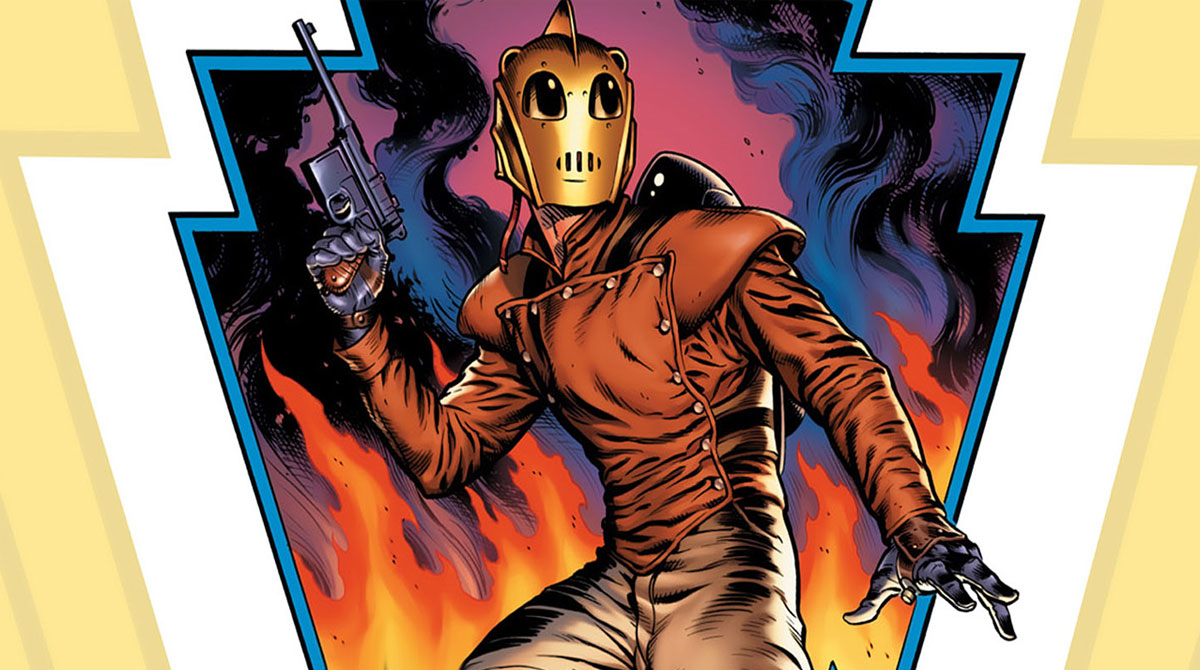
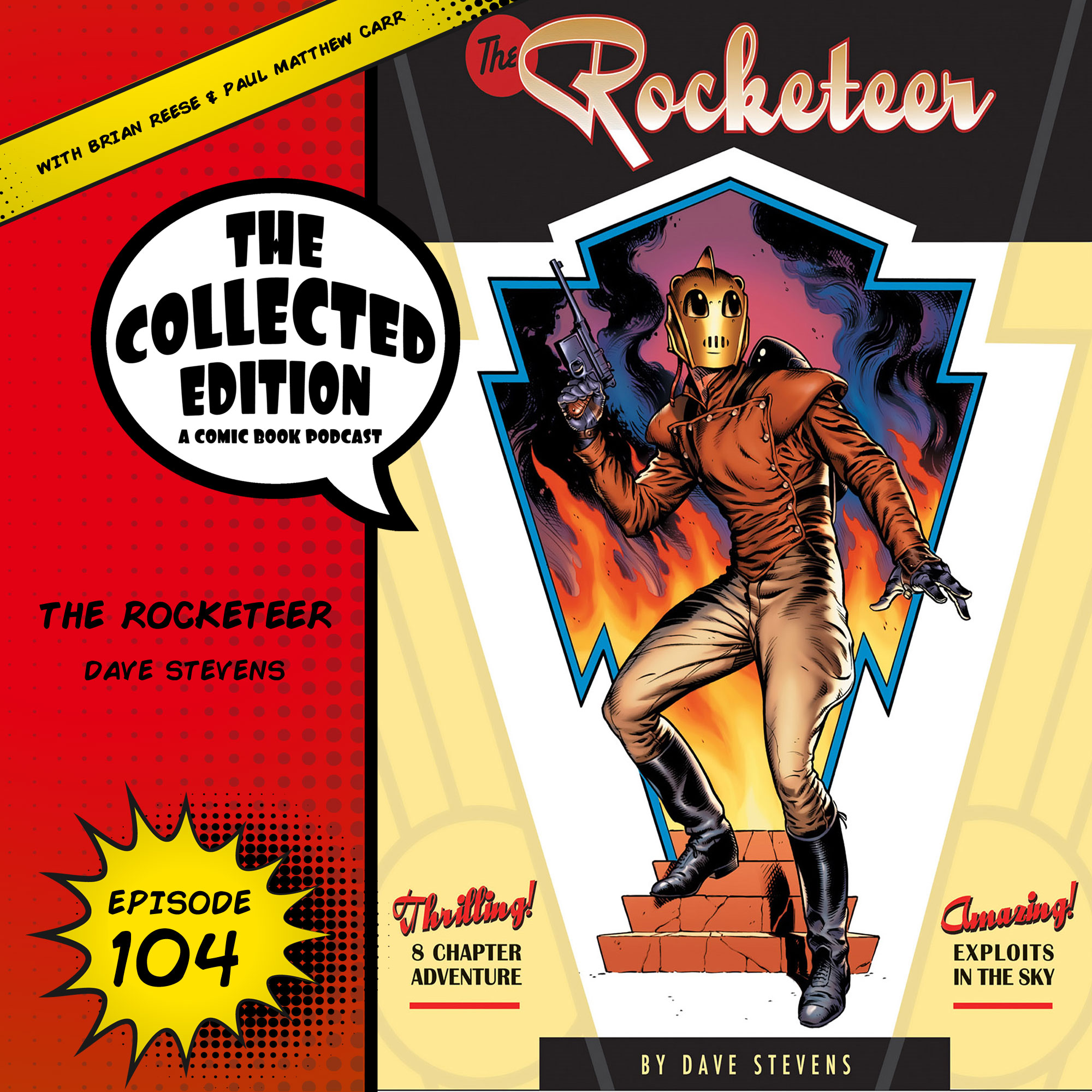
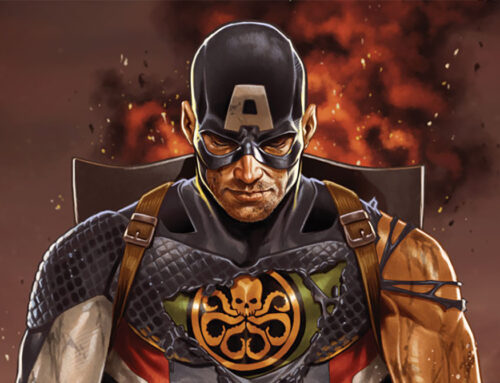
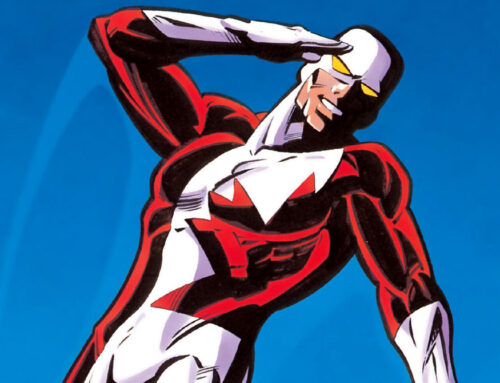
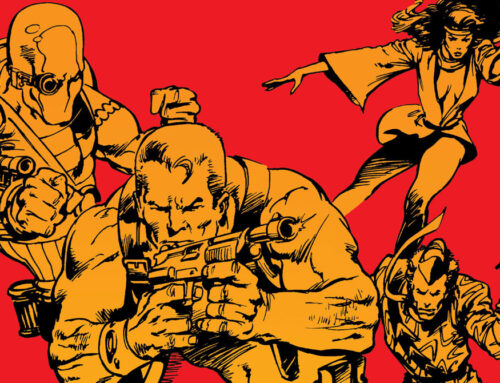

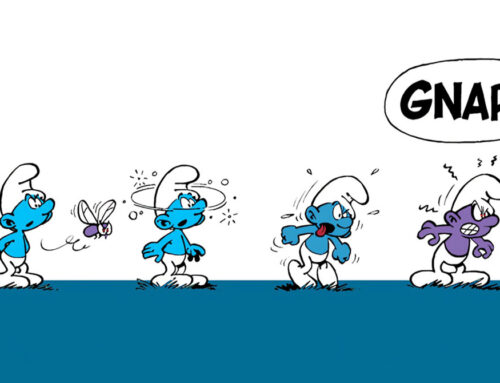


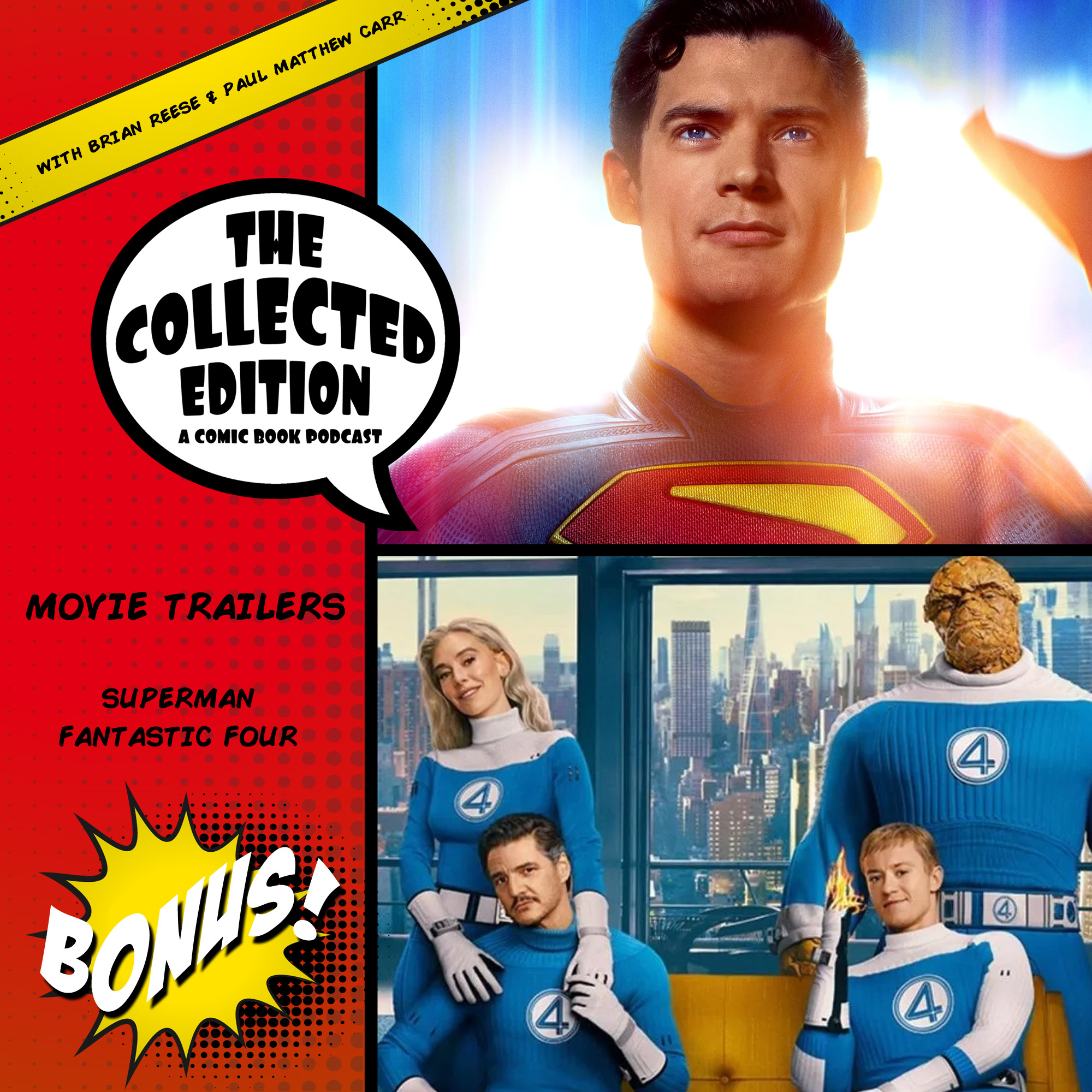
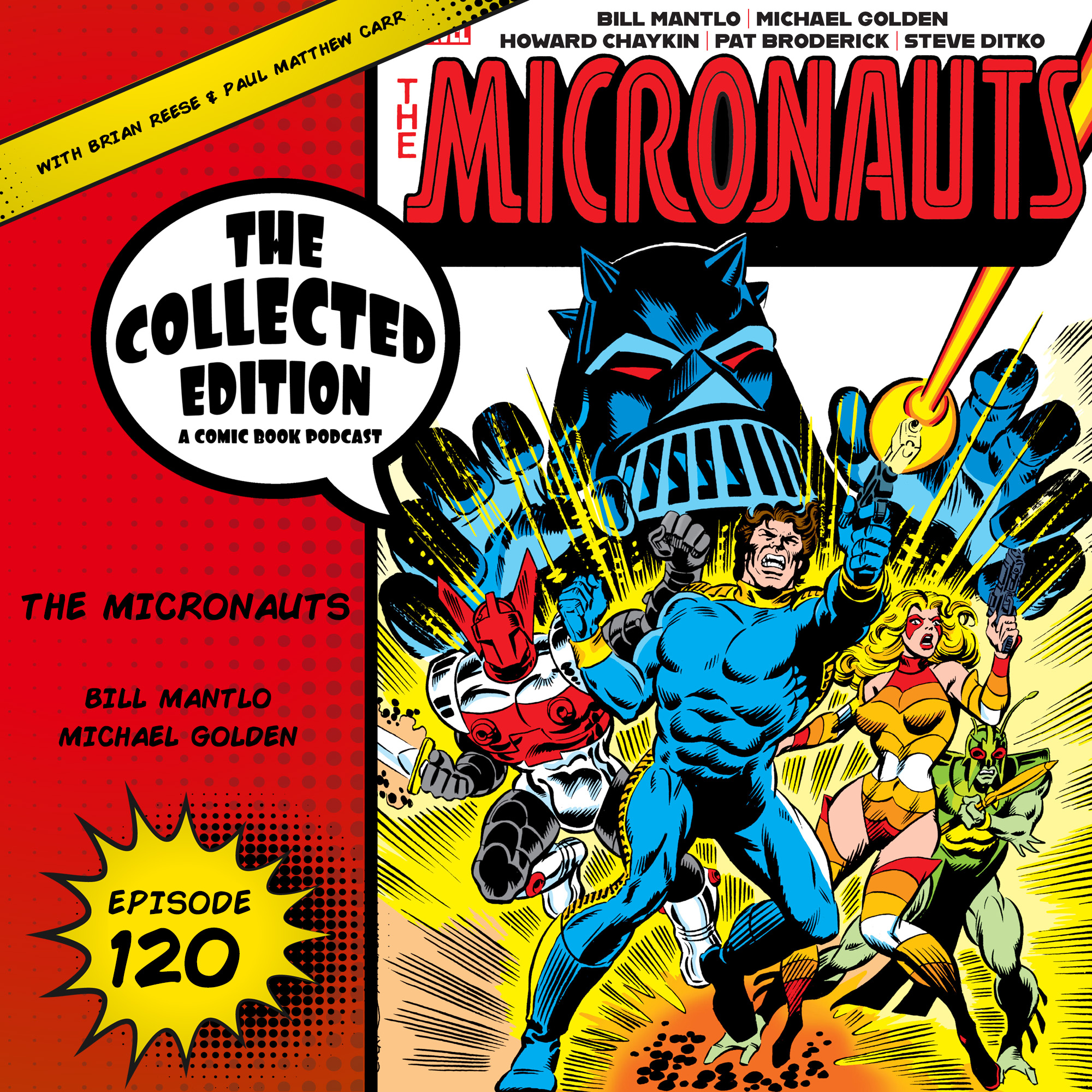
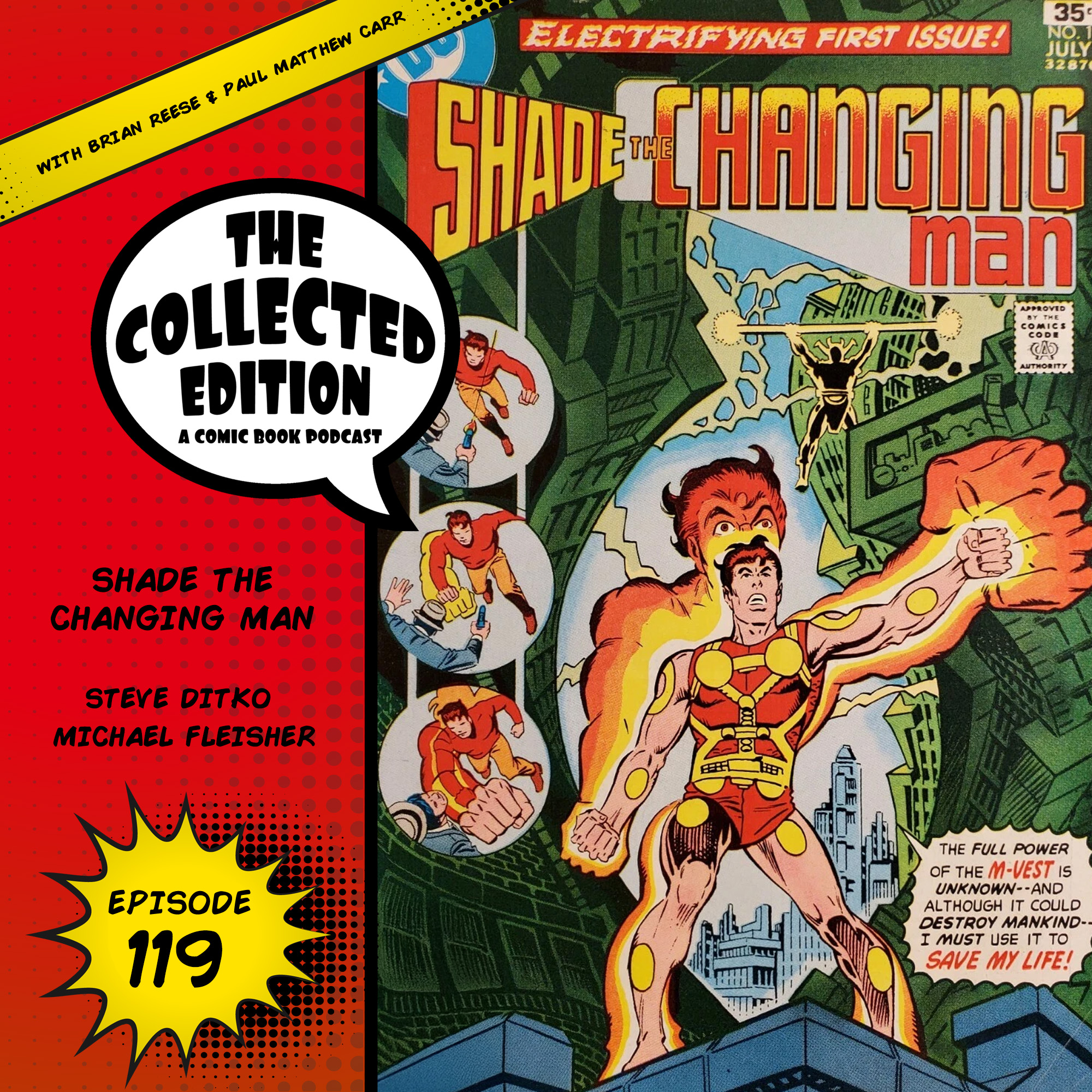

Leave A Comment